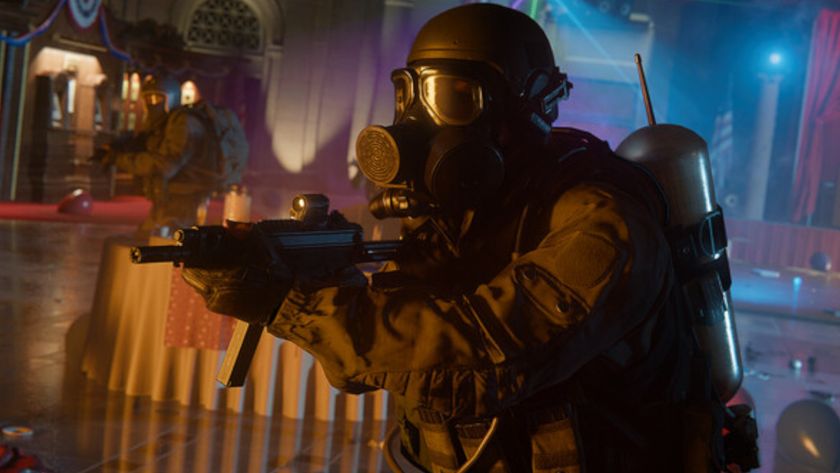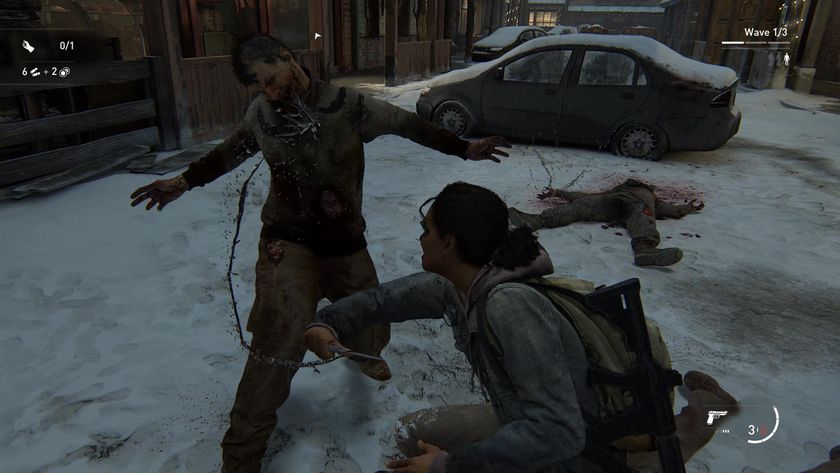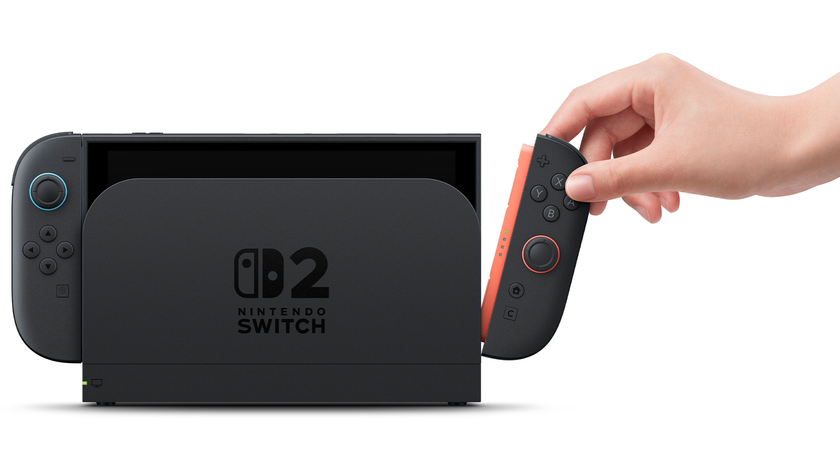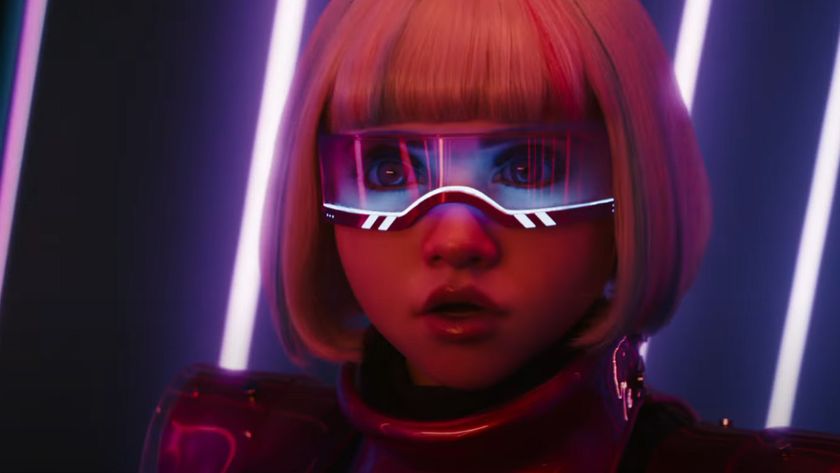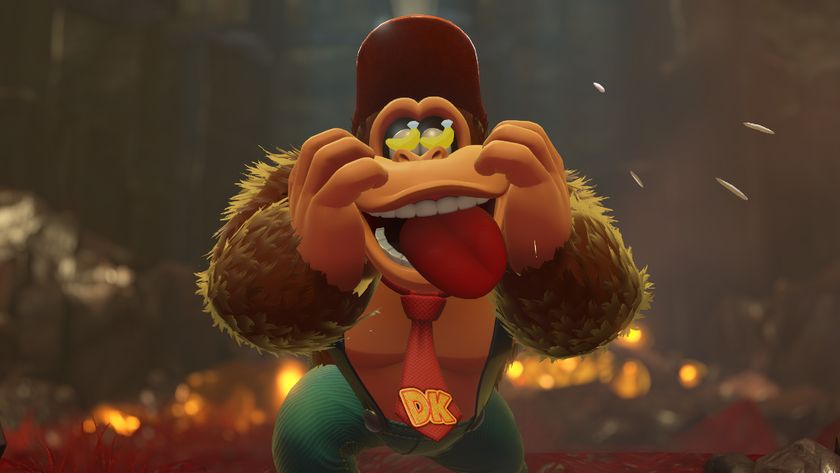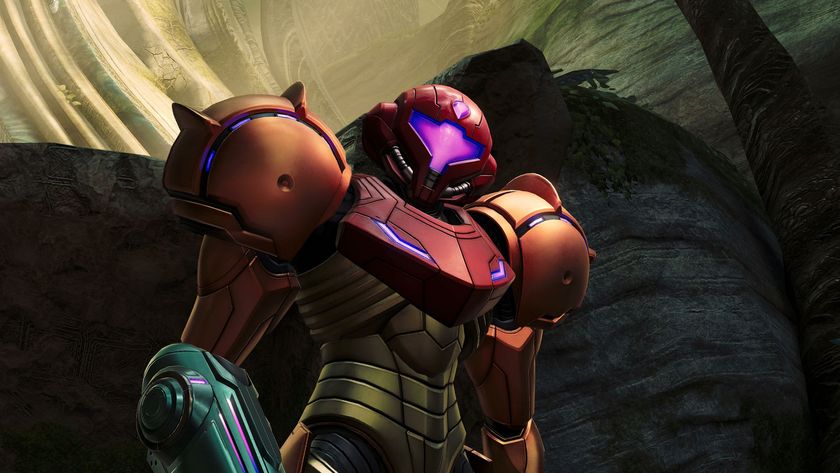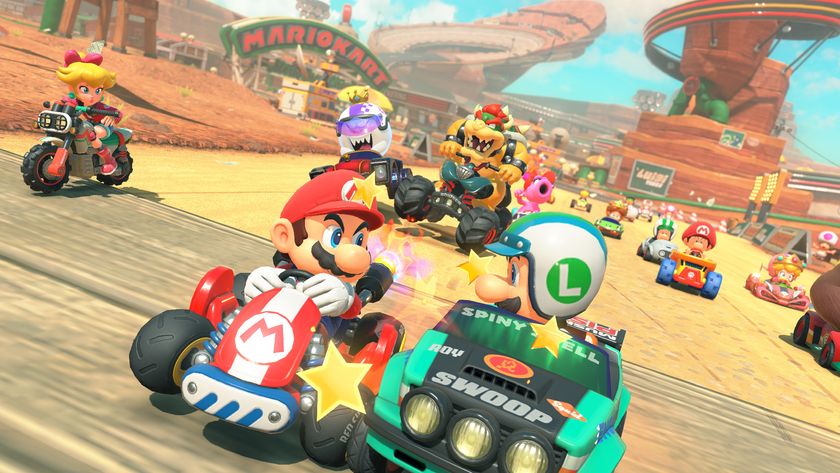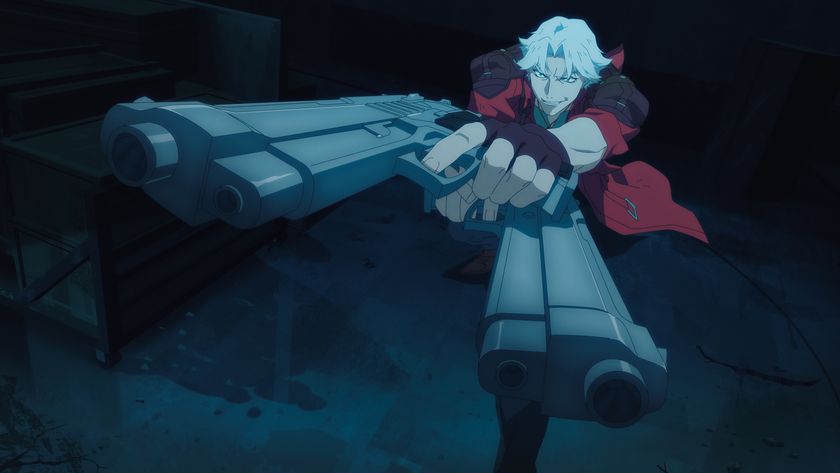As Warzone season 5 looms, Infinity Ward reflects on the secrets that make its Call of Duty battle royale sing
How Infinity Ward built a battle royale hit in Call of Duty: Warzone

When Call of Duty: Warzone launched in March, both Infinity Ward and its fans recognised the uphill battle in establishing a new battle royale amongst legions of its already existing competitors. But perhaps fortune favours the bold, after all, as it turns out that the studio's free-to-play spin-off to Call of Duty: Modern Warfare couldn't have landed at a better moment, just as millions around the world began to find themselves cooped up at home with a lot more free time on their hands.
But Warzone isn't just a beneficiary of coincidental providence; it's a genuinely impressive battle royale, running like butter across the one of the biggest maps the genre has provided so far, buoyed by unique innovations including second life mechanics and clever implementation of classic franchise staples such as Killstreaks and Loadouts. With Call of Duty: Warzone season 5 about to launch, Infinity Ward design director Geoff Smith tells 12DOVE that the studio's "biggest focus was making sure we brought something new and innovative to the genre" from the very beginning.
"Battle royale games give players so much agency to problem solve ever changing situations," he explains, "giving matches a huge amount of replay value. From the mechanics to the playspace itself, we continuously try to play with that and design new and exciting gameplay. We want to continue to push the genre and provide fun new adventures."
The Price of gold
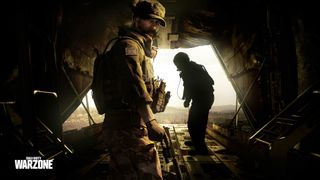

Why The Gulag remains Call of Duty: Modern Warfare 2's best mission
Allowing up to 200 players to duke it out across nine square kilometres of open terrain, sustained by Infinity Ward's new game engine, Warzone is something of a technical marvel. It's had its downtimes here and there, and patch sizes are becoming an increasingly aggravating issue, but the battle royale plays as smoothly as you'd expect from a Call of Duty game, only at a much greater scale. How exactly does it accomplish this? The answer, according to Smith, is a development technique called block streaming.
"This allows the game to only load things at higher resolution within certain chunks near you," he explains. "The other chunks stay optimized to help the game run smoothly. We had to make sure we had just the right number of elements in each chunk [such as] buildings, models, etc."
Block streaming is also what allowed Infinity Ward to endow Verdansk with such geographical and topographical variety, as its urban environments (including hundreds of explorable buildings) simply wouldn't be able to render into the player's view so seamlessly without it.
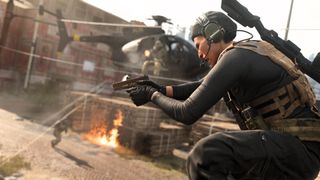
Like that of its predecessor, Black Ops 4's Blackout, Call of Duty: Warzone also uses a ballistics system for its gunplay, meaning that bullets are physically simulated across distance and time in-game, rather than emulated manually via hitscan – as has been the case in previous Call of Duty games.
Sign up to the 12DOVE Newsletter
Weekly digests, tales from the communities you love, and more
This is what gives Modern Warfare's combat its physicality and punch, but Smith tells me that it took a lot of work for Infinity Ward to make sure it felt just right for Warzone, which naturally encourages more long range firefights than core multiplayer.
"We needed the travel time of the bullet in the large maps but we also were very sensitive to keeping our snappy feeling firefights in close range. This balance took time, so we put it in early, to allow us time to tweak it well. We also wanted to make sure we had consistency across the whole game from single player to co-op and multiplayer, so every mechanic we added had to work the same. Our weapons were held to that same constraint. If you learn how to use an AK47 in single player, it should behave the same in battle royale."
A new calling

"As Warzone continues to be updated over time, it will evolve and become tied to other games in the Call of Duty universe."
Geoff Smith, design director
There's no question that Warzone has terraformed the Call of Duty ecosystem. While the franchise's annualised structure typically demands last year's model to slowly fade out of existence and hand the spotlight to its successor, Infinity Ward and Activision have both made it clear that this standalone title is going to continue well beyond 2020, and whatever Call of Duty game launches this year.
"Although Warzone is very closely tied to Modern Warfare, it was designed from the beginning as its own game," says Smith. "As the game continues to be updated over time, it will evolve and become tied to other games in the Call of Duty universe."
Putting Smith's comments together with what we've heard about Call of Duty 2020, rumoured to be titled Call of Duty: Black Ops Cold War, it's quite possible that Verdansk is about to receive a '70s infused makeover, complete with Vietnam era weapons, vehicles, and more. But that's all just speculation for now. More pressing is Call of Duty: Warzone season 5, which launches later this week, and promises to be the most ambitious and significant shake up for its battle royale firefights yet.
"It’s extremely important to us that the game continues to evolve," affirms Smith, "From the beginning, we’ve strived to continuously bring new and different ways for fans to play and continue having fun in both Modern Warfare and Warzone."
For more on 12DOVE, check out the biggest upcoming games of 2020 still on the way, or watch our latest episode of Trending Topics below.
I'm GamesRadar's Features Writer, which makes me responsible for gracing the internet with as many of my words as possible, including reviews, previews, interviews, and more. Lucky internet!

